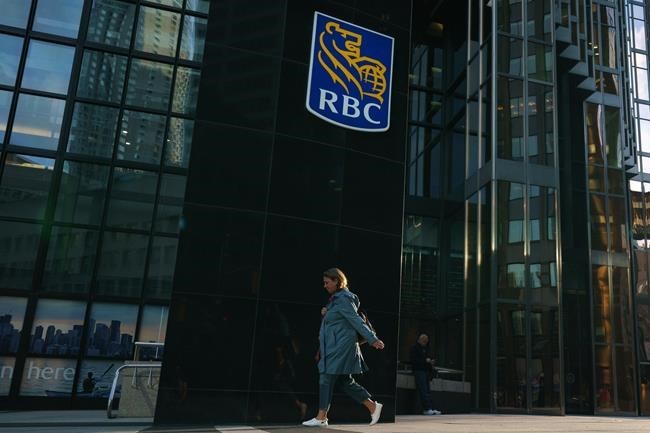OTTAWA — The Canadian economy ended 2022 with a deeper slowdown than anticipated amid higher interest rates but appears to have gained momentum at the start of the new year.
On Tuesday, Statistics Canada said real gross domestic product was unchanged in the fourth quarter of 2022 after five consecutive quarters of growth.
The report shows a much grimmer economy than forecasters were expecting as higher interest rates took a more noticeable toll on the economy.
Statistics Canada’s preliminary estimate had predicted 1.6 per cent annualized growth for the quarter.
The economic slowdown in the last three months of the year came despite higher household and government spending as well as a stronger trade position for Canada.
After two quarters of record inventories, businesses accumulated less inventories in the fourth quarter, weighing significantly on real GDP growth.
Real business investment also declined for a third consecutive quarter as higher interest rates weakened housing investment in 2022.
In December, the economy contracted by 0.1 per cent as goods-producing industries declined.
But the report includes some silver linings for Canadians. After declining by 0.1 per cent in the third quarter, household spending bounced back by 0.5 per cent in the fourth quarter. Household disposable incomes also rose faster than their nominal spending, allowing them to save more money.
The federal agency says the household savings rate was six per cent in the fourth quarter, up from five per cent the previous quarter.
The report partly attributes this improvement in household finances to government benefits, including the one-time top-up to the GST tax credit and a 10 per cent increase in Old Age Security payments for seniors aged 75 years and over.
The Liberal government introduced these measures targeted at lower-income Canadians to help them cope with higher inflation.
A preliminary estimate from Statistics Canada suggests the economy bounced back in January, posting 0.3 per cent growth in real GDP.
Last month, the economy added 150,000 jobs, suggesting there’s still steam on the hiring front.
But most economists expect the Canadian economy won’t be able to avoid a recession in the first half of the year as higher interest rates dampen spending.
Since March, the Bank of Canada has raised its key interest rates from near-zero to 4.5 per cent, the highest it’s been since 2007.
The central bank contends a slowdown is necessary to bring inflation back down to its two per cent target.
After peaking at 8.1 per cent in the summer, Canada’s annual inflation rate slowed to 5.9 per cent in January.
The Bank of Canada is forecasting inflation will slow to three per cent by mid-2023 and fall back to the two per cent target next year.
It’s hoping inflation can come back down to target without a sharp economic downturn. At the same time, the central bank has stressed that returning to normal price growth is its primary focus, one that could come at the expense of a more severe economic contraction.
This report by The Canadian Press was first published Feb. 28, 2023.
The Canadian Press




